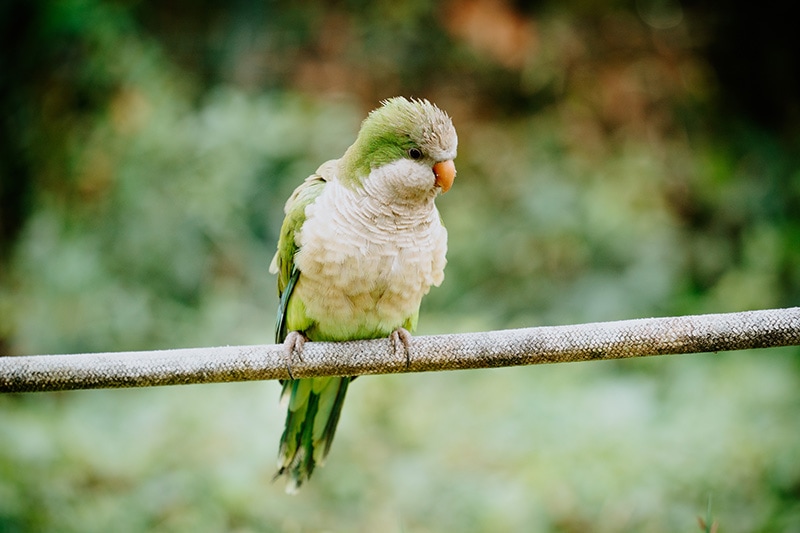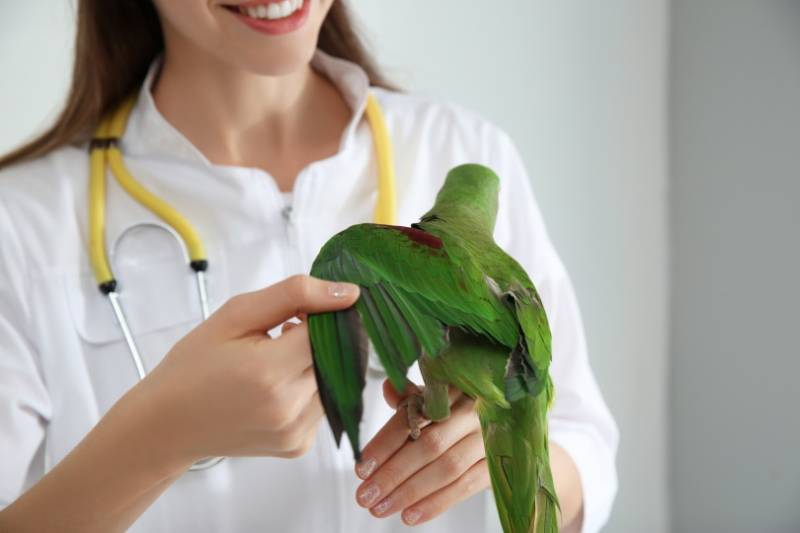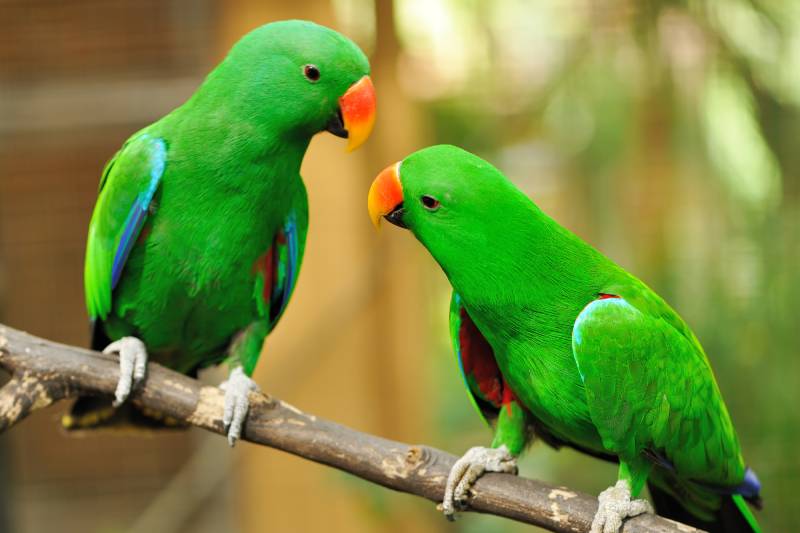Where Are Parakeets From? Vet Approved Facts, Origin & Care Tips
Updated on

Click to Skip Ahead
Disclaimer: This article has been reviewed for factual accuracy by a veterinarian using information available at the time of publishing. Knowledge of parakeet husbandry is continually growing and this article should not be considered a substitute for veterinary advice tailored to your pet. All views and opinions expressed in this article are those of the author.
Answering where parakeets are from first requires you to specify which species of these birds you’re referring to. Although there are technically over 115 parakeet species, the one most people are familiar with is the budgie (Melopsittacus undulatus), one of the most popular pet birds in the world. Budgies also known as parakeets, are native to Australia.
In this article, we’ll tell you more about where budgies and other parakeets are from and what their lives are like in the wild. This knowledge will help you properly care for your pet parakeet, and we’ll give you some tips on doing that, too.

Parakeets Are from Australia (and Other Warm Places)
All 115+ members of the parakeet family have a few characteristics in common. They are generally small, colorful birds with long tails. Although found worldwide, they exclusively inhabit warm climates, and their preferred temperatures are in the 70s to lower 80s Fahrenheit.
Wild budgies live primarily in the grasslands of Australia. Other parakeet species are found in India, Southeast Asia, the Pacific Islands, and South America. Some parakeets have established thriving populations far from their native lands thanks to escaped or released pet birds.
The Audubon Society estimates there are at least 25 actively breeding non-native parrot species in the United States.1 One of the most common is the monk parakeet, which is a native South American bird that can now be found as far north as Chicago and New York City.

The (Not-So) Secret Lives of Wild Parakeets
Budgies and other wild parakeets are active, social birds typically living in large flocks. They roost in trees and spend their days scavenging for seeds wherever they can find them, even in local agricultural fields. Because of that, they are considered agricultural pests in some areas.
Parakeets generally form monogamous breeding pairs but nest in hollow trees. This is a generalization as there are species differences e.g. the Monk parakeet which builds nests. Budgies are usually most active at dawn and dusk. They are noisy birds who enjoy singing, especially at those times of day.
Caring for Pet Parakeets
Knowing where parakeets are from and the details of their lives in the wild is essential to ensure we provide the right environment and care for pet birds.
For example, because parakeets are almost exclusively warm-weather birds, you’ll want to keep their enclosure away from drafty areas of your home. If you live in a cold climate, you may need to keep your home heated higher than you usually would in the winter to keep your parakeet comfortable.
Make sure your parakeet has plenty of room to move around their cage, climb, and look for food as they would in the wild. Social parakeets also need time out of their cage to exercise and interact with people. Many also enjoy the company of other parakeets, especially if their human owners are frequently away from home.
Parakeets should also have access to toys and other safe enrichment objects to keep them busy. They should have access to water for bathing at least twice a week, ideally every day. These little birds can be noisy, making them less ideal pets for apartment living.
Although wild parakeets eat seeds, pet birds should have more variety in their diet to maintain the right nutritional balance. You should serve pellets as the main food source, with fruits, vegetables, and occasional treats as supplements.
Parakeets need gentle handling and socialization, especially when they’re young.


Conclusion
Budgies may be from Australia originally, but these common parakeets now rank just behind cats and dogs in popularity among global pet lovers. Although considered one of the easiest pet birds to care for, budgies still need the proper diet, enclosure, and socialization to thrive. Before adding one of these birds to your family, ensure you have the time and space to keep them safe, healthy, and happy.
Featured Image Credit: Sarka_Svobodova_Photo,Shutterstock









